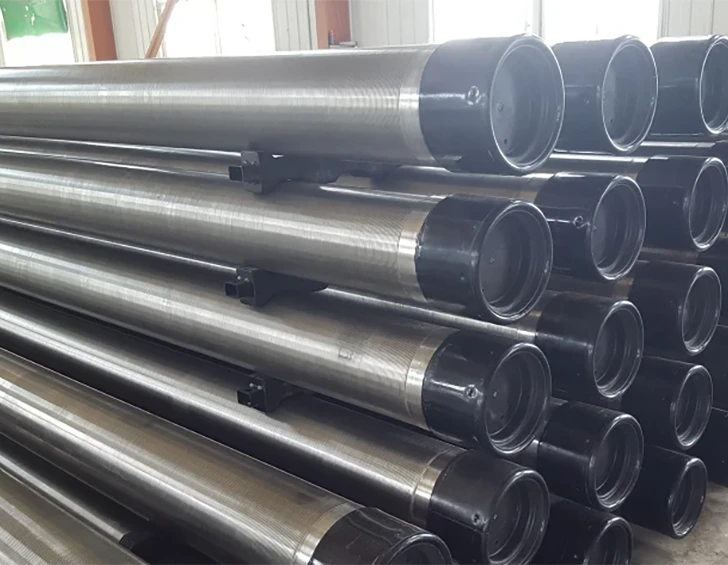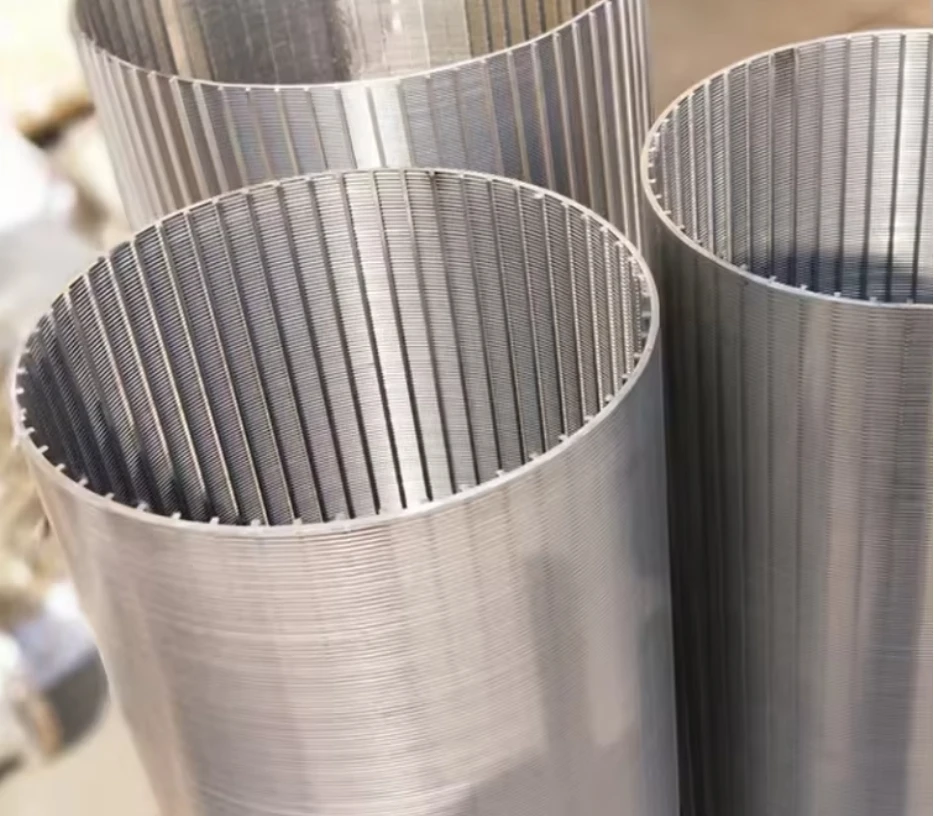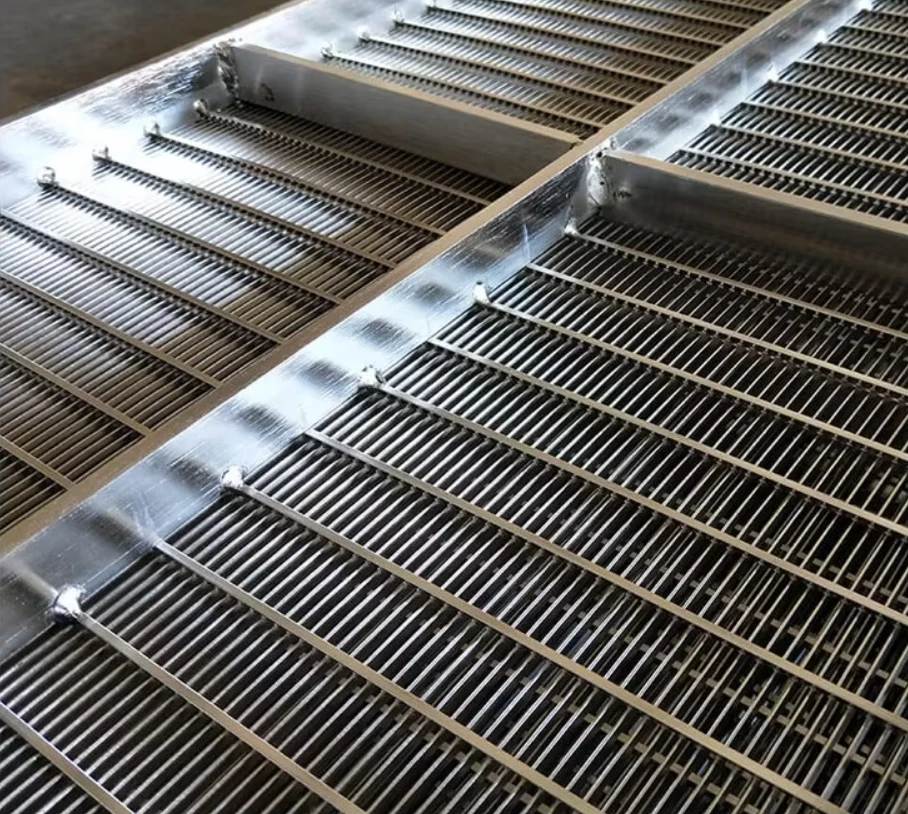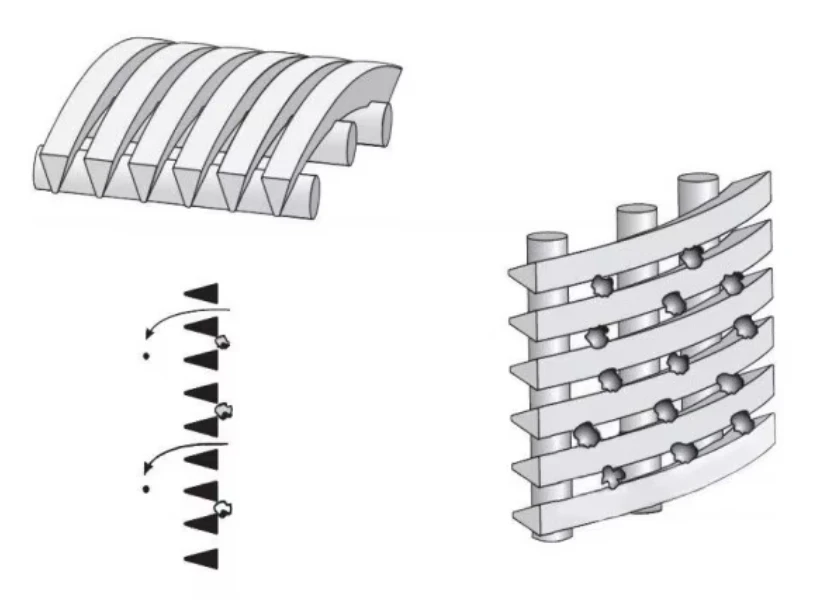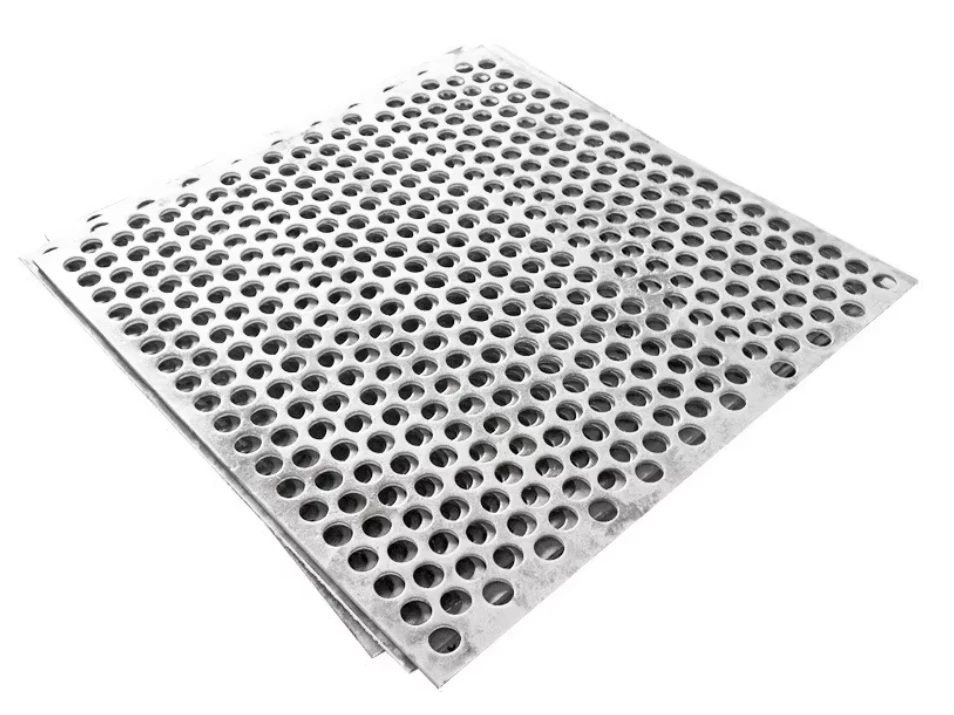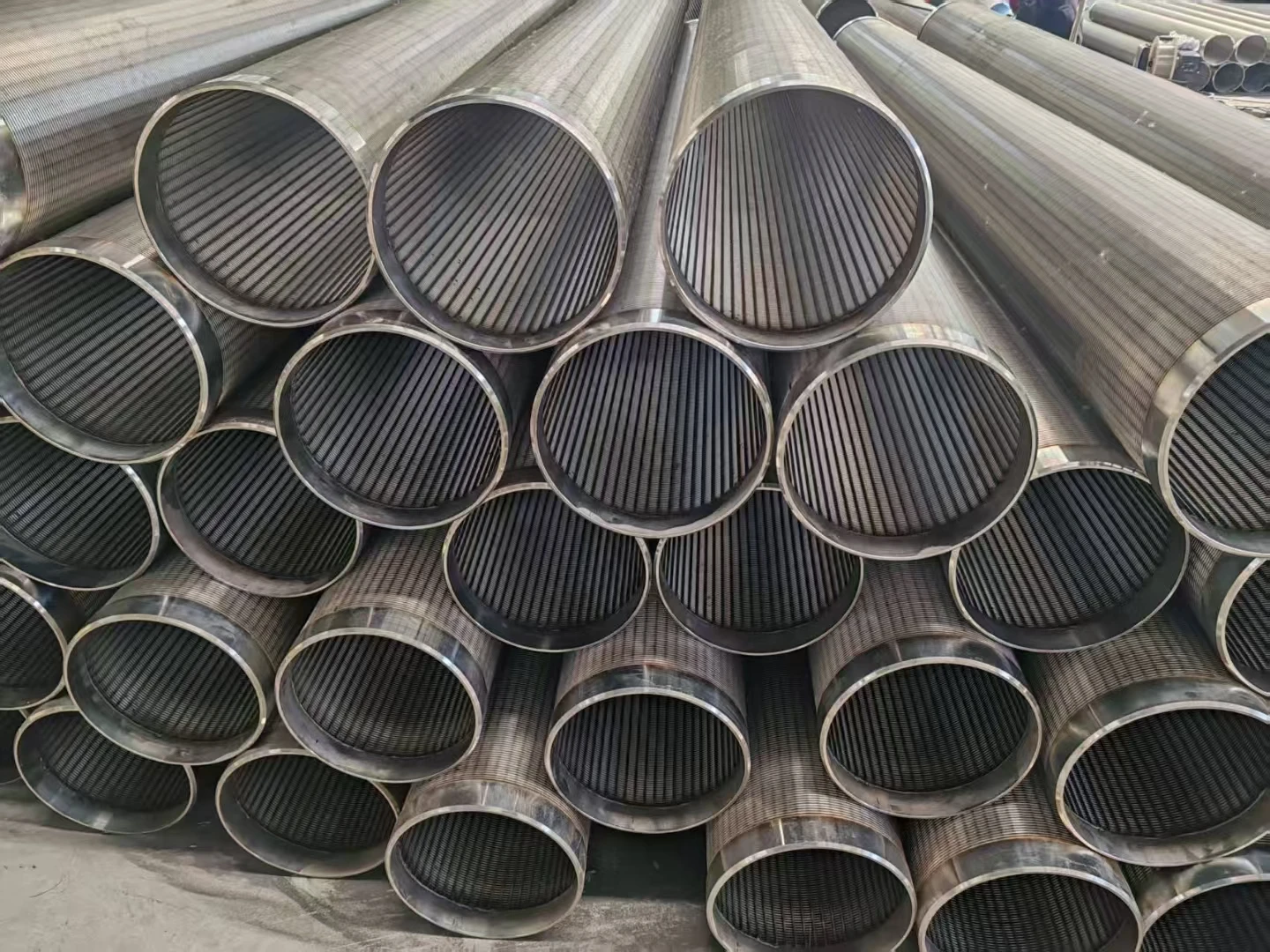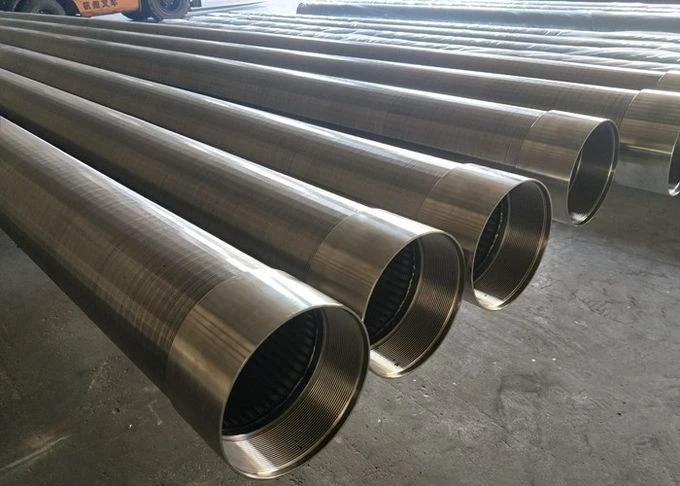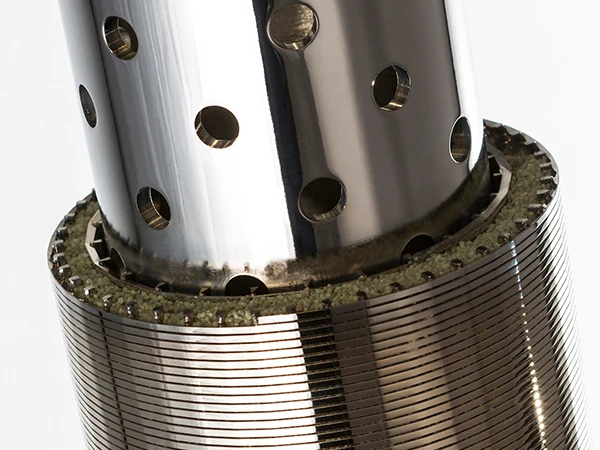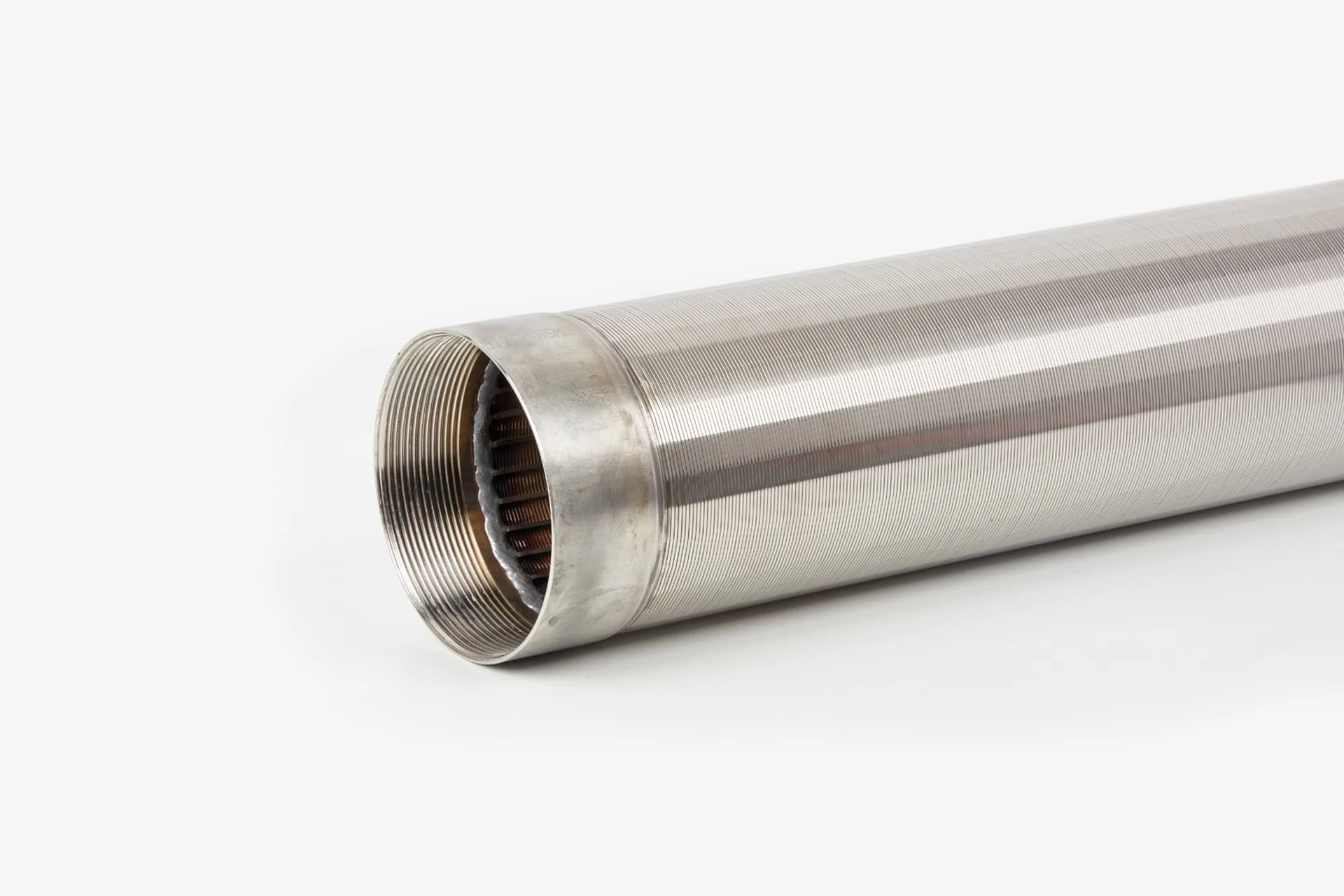- Industry applications and performance data of wedge wire screens
- Material science and manufacturing technology breakthroughs
- Comparative analysis of global suppliers' capabilities
- Engineering specifications for custom filtration solutions
- Case study: Mining operation efficiency transformation
- Technical support and installation best practices
- Industry evolution and supplier selection methodology
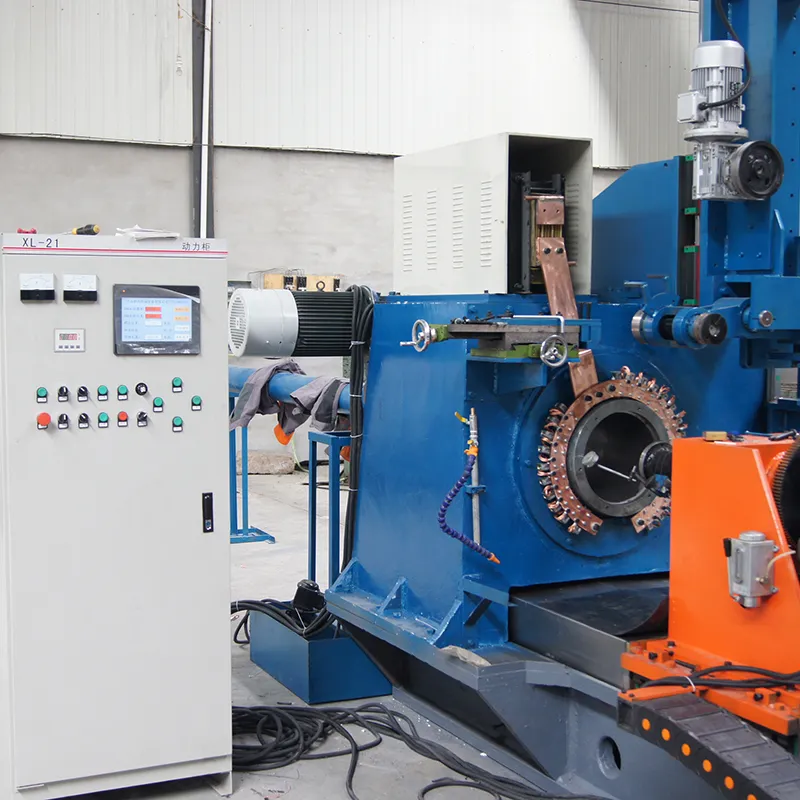
(wedge wire screens supplier)
Essential Solutions from Your Wedge Wire Screens Supplier
Industrial separation processes demand precision-engineered components that outperform standard alternatives. As foundational elements in filtration systems, wedge wire screens demonstrate 37% longer service life than woven mesh counterparts according to MPI studies. These versatile components function across mining (ore classification), water treatment (sediment removal), and food processing (product separation) applications where reliability directly impacts operational continuity.
Leading manufacturers utilize stainless steel 304/316 alloys for 92% of industrial applications, though specialty alloys like duplex 2205 extend longevity in corrosive environments. Modern suppliers implement CNC-controlled resistance welding achieving slot tolerances of ±0.01mm, critical for precise particle separation. Progressive forming techniques enable profile geometries beyond traditional V-wire designs, including multi-angled profiles that increase open area by 15-28% without compromising structural integrity.
Supplier Capabilities Benchmark
| Criteria | Standard Suppliers | Advanced Manufacturers |
|---|---|---|
| Slot Precision | ±0.05mm | ±0.01mm |
| Custom Profile Options | 2-3 standard designs | Unlimited geometries |
| Material Grades | SS304/SS316 | Duplex/Super alloys |
| Lead Time (Custom) | 8-10 weeks | 3-5 weeks |
| Maximum Diameter | 1800mm | 3200mm |
Tailored Engineering Specifications
Industrial applications require solutions adapted to specific operational parameters. Premium suppliers develop computational flow dynamics models predicting screen performance under actual working conditions. For dewatering applications, engineers optimize slot profiles (0.1-3mm range) and connection systems to withstand 6-8 bar pressure differentials. Mining screens frequently incorporate reinforced weld patterns at stress points, increasing impact resistance by 40% in mineral separation cyclones.
Operational Efficiency Case Analysis
A Chilean copper mine experienced 17% production loss due to screen blinding in grinding circuits. After switching to custom-designed wedge wire screens featuring asymmetrical profiles and 316L stainless steel, screen replacement intervals extended from 6 to 14 months. The modifications reduced maintenance costs by $320,000 annually while increasing throughput by 22% through consistent slot maintenance under high-solids loading conditions.
Implementation Protocols
Successful screen integration requires technical guidance from experienced providers. Reputable suppliers deliver comprehensive installation documentation including torque specifications for tensioning systems and thermal expansion compensation calculations. Field technicians should conduct pressure testing at 1.5x operating PSI before commissioning. Ongoing maintenance programs typically involve ultrasonic slot verification every 500 operating hours to detect material fatigue before failure occurs.
The Future of Separation Technology
Advancements in filtration materials now position specialist wedge wire screens supplier
s at the forefront of industrial efficiency. Operations selecting partners with metallurgical expertise, precision manufacturing capabilities, and application-specific engineering support achieve measurable performance advantages. As separation requirements intensify across sectors, the technical partnership offered by premium suppliers delivers quantifiable ROI through enhanced productivity and reduced lifecycle costs, establishing new benchmarks in process reliability.
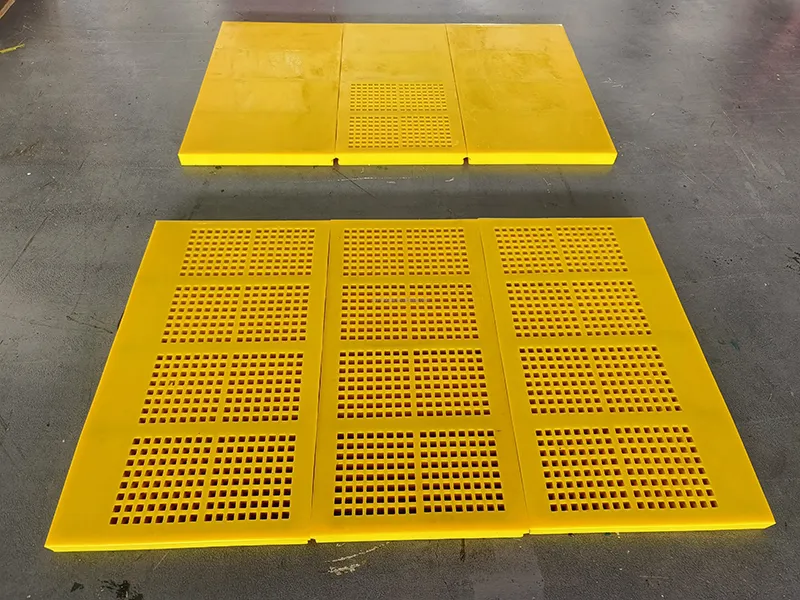
(wedge wire screens supplier)
FAQS on wedge wire screens supplier
Q: What factors should I consider when choosing a wedge wire screens supplier?
A: Prioritize suppliers with industry certifications, proven expertise in manufacturing Well Screens & Wedge Wire Screens, and the ability to customize designs for specific applications like water filtration or industrial processes.
Q: How do Well Screens differ from static wedge wire screens?
A: Well Screens are designed for groundwater and oil/gas extraction, featuring high flow rates, while static wedge wire screens are used in filtration systems for solids separation and durability in harsh environments.
Q: What are the advantages of using static wedge wire screens over perforated plates?
A: Static wedge wire screens offer higher precision in slot sizes, better clog resistance, and superior strength for heavy-duty applications like mining or wastewater treatment compared to perforated plates.
Q: Can wedge wire screens suppliers provide corrosion-resistant materials?
A: Yes, reputable suppliers typically offer materials like stainless steel 304/316, duplex steel, or epoxy-coated options to ensure longevity in corrosive environments for Well Screens and filtration systems.
Q: How do I maintain wedge wire screens for long-term performance?
A: Regular cleaning with water or air jets, inspecting for slot blockages or wear, and sourcing replacement parts from trusted wedge wire screens suppliers will maximize screen lifespan and efficiency.

